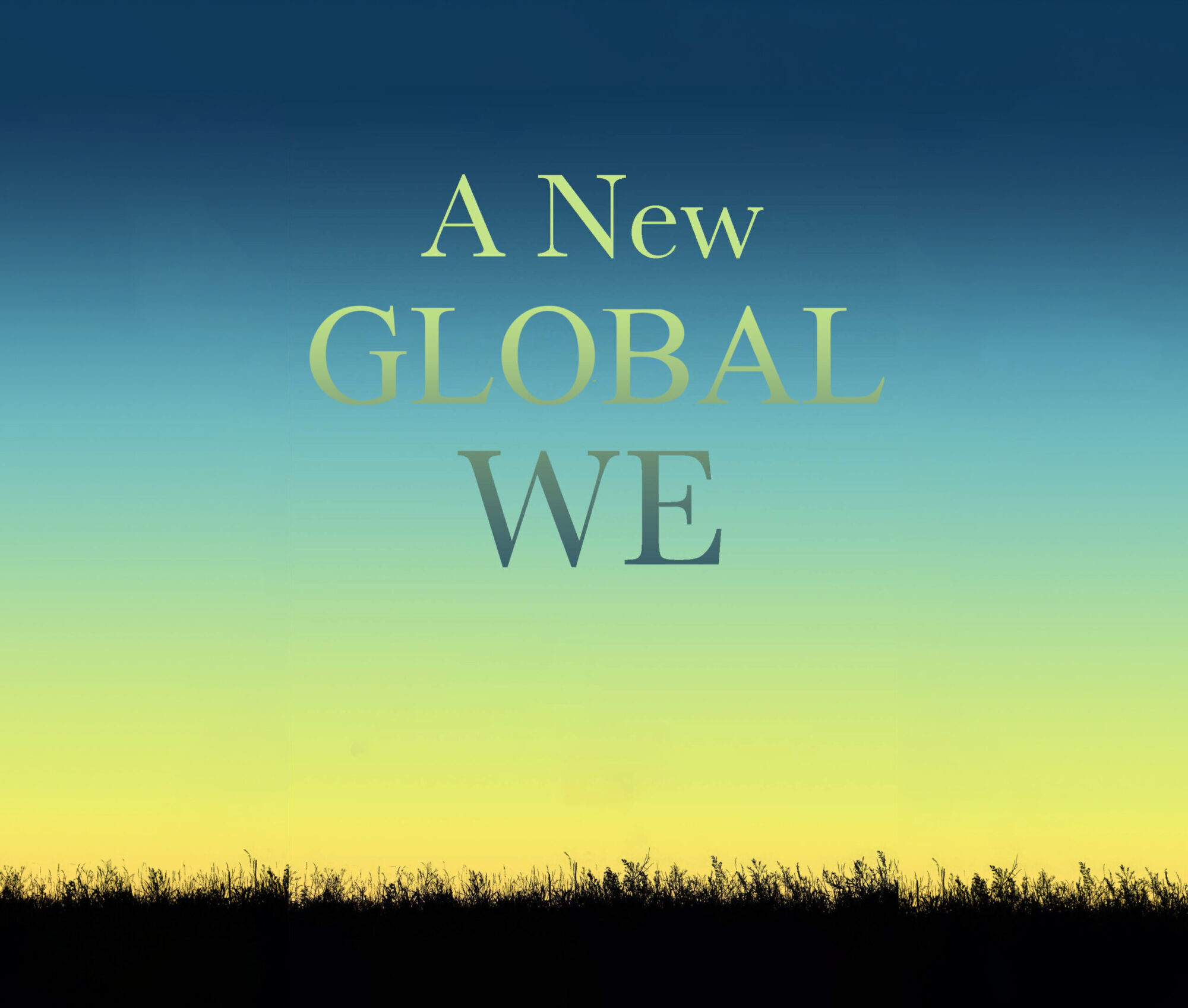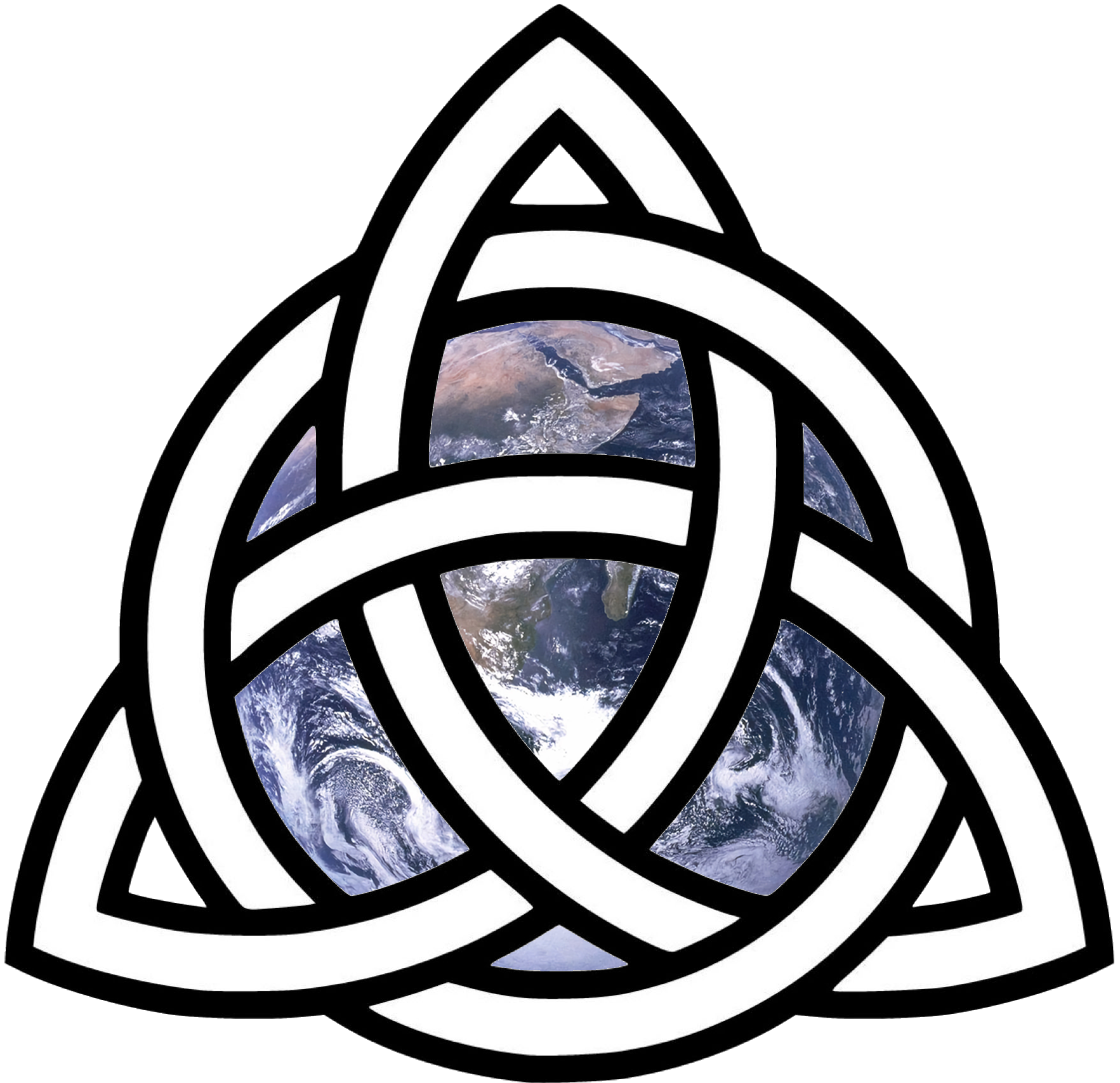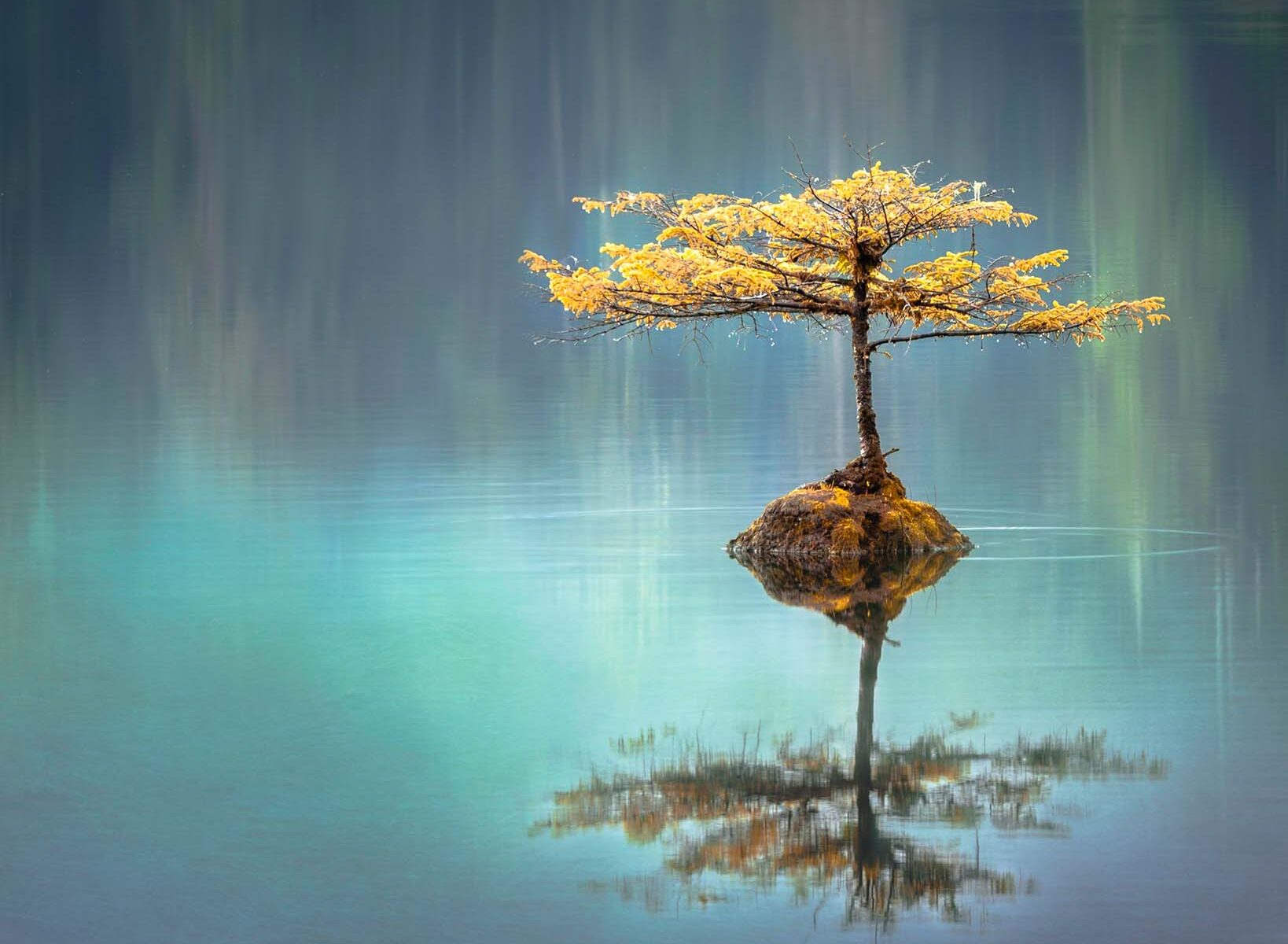I wonder when it was that my sense of living a good – moral – life shifted from frustration with an unjust world and a decision to step away from it to an expanded awareness of a world of interbeing and a decision to proactively step into that world. The first, I believe, reflects the response of personal protest in a world of injustice and unsustainability; the second is about finding a collective alternative to this world.
I’m reminded of the conversion process of the iconic monk, Thomas Merton: from a personal rejection of the world and a withdrawal to a monastery, which he described in his best-selling autobiography, The Seven Storey Mountain, to a kind of falling in love with everyone and everything which he described in a book called Conjectures of a Guilty Bystander, that he wrote some years later. This is how he described this second stage of his conversion:
In Louisville, at the corner of Fourth and Walnut, in the center of the shopping district, I was suddenly overwhelmed with the realization that I loved all these people, that they were mine and I theirs, that we could not be alien to one another even though we were total strangers. It was like waking from a dream of separateness, of spurious self-isolation in a special world. . . .
The ‘spurious isolation in a special world’ refers, it would seem, to his life in the monastery. This new awakening to the reality of interbeing expanded his conversion from a personal project of protest and withdrawal from society to a search for an alternative society that would reflect this reality of interbeing. It was a radical shift in Merton from me to WE. He described it as a great relief that the sorrows and stupidities of the human condition could no longer overwhelm him, now that he realized what we all are…
This second stage of his conversion feels somehow modern, or certainly consistent with our scientific knowledge of an interconnected universe that is ever-unfolding through this interconnectedness. His awakening to this reality called for a relational response to the failings of society, in contrast to the traditional individualistic stance of rejection and protest that we associate with the heroes of the past. For Merton, it would now mean a life of activism – in his case, as an anti-war (Vietnam) advocate, and a civil rights supporter. A still further stage of hiscontinuing conversion process would be discovering how to hold these two impulses of personal resistance and alternative community together as an activist-hermit. It was this challenge thatshaped the rest of his life.
Let’s take a few minutes to personalize this reflection, for we have all felt the need for change in the face of a society that we feel is not healthy – that is even making us unhealthy; that is not sustainable – that is threatening our very existence. So, as you’ve become used to perhaps if you’ve listened to any of my reflections:1. Position yourself comfortably, relaxed but also alert – your back straight, hands in your lap, your eyes closed or ‘softened’ and take three deep breaths, in and out, through your nose. If you notice tension anywhere in your body, breathe into that place and breathe out the tensions.2. Now begin to use your breath as a way of helping you stay present as the inevitable thoughts and distractions come rushing in by simply paying attention as you breathe in and out, deliberately. See if you can find a gentle rhythm3. In your mind, softly say the theme of this reflection – ‘Personal Protest and a Collective Alternative’ – breathing the words, in and out; letting them settle into your body. 4. Now, call to mind a memory of wanting to change the world: it might have been in your younger years; or it may be feelings of stress that you’re experiencing today – in your job, your relationships. It may be anxiety about the future and your children, and anger at the injustices of race or poverty, or frustration with structures and leadership that are unable or even unwilling to address these challenges.• Notice the feelings; let them bubble up• Where do you feel them in your body?• What thoughts do they stir?5. What has been your response to these things:• Denial? Passivity?• Protest, resistance?• Finding an alternative: personal? With others?• What were these experiences like? Positive? Frustrating? Eye-opening?6. Stay with the feelings for a while; I will mind the time for you. When you find yourself distracted, simply return to your breath. If you’d like to stay with this step of the process a little longer, simply pause the recording….7. Now gently come back to the present moment, to your body and your surroundings, and when you are ready open your eyes. For a moment, notice the sense of connection to the moment – presence, awareness, calm, trust – that this practice has generated.?
The world is always in need of change, of course. But sometimes a society is threatened – by war, famine, pandemic, climate change – and the threat leads to a collective self-questioning. This self-questioning is a kind of grieving, in fact, that reflects the stages of the grieving process – denial, anger, bargaining, depression and finally acceptance – which manifest in the collective as well as in individual members of the society. Responses to the challenges then can take many forms though often they begin with protest and demonstration that may even become violent. Sometimes, however, the impulse of the initial response can develop into alternatives to a societythat is increasingly dysfunctional. In time, some of these may become elements of a largerparadigm shift, as Thomas Kuhn described in his 1962 classic The Structure of Scientific Revolutions.
Human history displays this process of personal protest and collective alternative. In western history, the initial protest led to alternatives that ranged from communities inspired by Greek philosophers like Pythagoras, Epicurus, Zeno (Stoics) to the somewhat ‘slapstick approach’ of the original stand-up comedian, Diogenes; and from the Hebrew Essenes and the comparable early Christian Desert Fathers and Mothers to medieval monasticism; and from Quakers, Shakers, 19th century Utopian communities, and the Kibbutzim of Israel, to the Hippies of the 60s and the sometimes unnerving examples of Waco and Jonestown. Clearly some alternatives are better than others.
Throughout the world today there are several thousand collective alternatives to modern society in the form of intentional communities. Most of them are secular, many of them are environmentally-inspired. In contrast to the society they criticize, they tend to be happier, consume less, and have better solutions to many of today’s problems, partly because of a shared vision and common bonds. All proclaim a purpose that in some way reflects a better society.
Jenny Odell, in a book called How to Do Nothing, writes about this protest-alternative to today’s challenged (and challenging) society that she describes as learning to do nothing. This does notmean simply withdrawing from society but rather a different kind of participation in it. She describes the process as ‘manifest dismantling’ in contrast to the so-called ‘manifest destiny’ that has deified progress and justified cultural domination, species extinction and ecological destruction. Nor is this ‘do nothing’ response simply passive protest – which can of course be quite actively violent – but a very focused activity of cleaning up the mess our civilization has made. It is abandoning the obsessive productivity and insistent purpose that characterize modern society: what the author describes as withholding attention from the attention economy. She tellsthe story of ‘the useless tree’ that achieves nothing but witness, shelter for others, and endurance. I was reminded of a poem by Mary Oliver:
When I am among the trees…
they give off such hints of gladness.
I would almost say that they save me, and daily.
I am so distant from the hope of myself,
in which I have goodness, and discernment,
and never hurry through the world
but walk slowly, and bow often.
Around me the trees stir in their leaves
and call out, “Stay awhile.”
The light flows from their branches.
And they call again, “It’s simple,” they say,
“and you too have come
into the world to do this, to go easy, to be filled
with light, and to shine.”
Learning how to do nothing,however, requires a kind of contemplation. Clearly not all intentional communities practice contemplation in a formal way, so let me explain. The Greek word for contemplation is theoria – the word ‘theory’ come from this – which means ‘to see or gaze at God (theos) or – perhaps more helpfully – reality as it truly is, in all its beauty and integrity, and to relate to it accordingly. This would suggest that contemplation in this fundamental sense is central to the process of change and true transformation; the implication being that the society we are protesting against is not seeing things as they are, but through distortions that have become assumptions, both individual and collective. These assumptions – sometimes called mental models – determine how we see and relate to things and to one another. How we frame things, of course, determines how we relate to them. For real change to happen, then, it is these mental models that have to change.
This, though, is much easier said than done as many of the intentional communities discovered soon enough. The psychologist, Daniel Kahneman (Thinking Fast and Slow) says we don’t relate and respond rationally to things and people but reflexively, with reflexes that are founded on internalized assumptions or mental models. So, it is not enough for individuals to simply work on themselves, rather the focus needs to be on the environment that shapes the thinking of the individuals of that environment. For this environment is like the water that shapes the life of a fish completely without its awareness. And we too are mostly unaware – unconscious – of the assumptions that shape, not only our thoughts but the very experiences that inspire them. We look at – we cannot help but look at – the world through the lens of our collective and internalized assumptions.
I have tended to find Kahneman somewhat irritating when he seems to suggest that there is really nothing we can do to change the way we think and behave, though I get his frustration. Still, it is clear that life does change and sometimes for the better. So, I was recently relieved, when I heard Kahneman asked if change can happen at all, and if so, how, and he responded that we have tofocus on the environment; that only when people are living in a different environment where different assumptions are promoted and cultivated, can change really and effectively happen.
It’s a lot to hold, I think, so let me see if I can summarize what I’m trying to say here about change. Franciscan teacher and author, Richard Rohr, frames change in terms of prayer, where prayer is a life stance, an alternative way of living that is characterized as living in the present moment of now, which is how we have defined contemplation. The contemplative secret, he says, is learning to live in such a now. Saints have called this the “sacrament of the present moment.” Rohr concludes that prayer then is a matter of waiting in love in this present moment because love, he believes, is the deepest stream of reality. I’ll come back to this in a moment. But first, prayer isn’t primarily words; it’s primarily an attitude, a stance, a way of living in the stream of life. The stream is already flowing through us, so all we have to do is to keep choosing to stay there, in the now.
To be able to do this, however, we need the support that only a community can bring: the support of a lens that the community both promotes and cultivates. It is possible, albeit extremely difficult, for an individual to live an alternative lifestyle alone, away from all the supports that the community provides, from energy to food. It is next to impossible, though, to live without the framework of meaning and purpose that a community provides. Put more positively, in order tolive a truly different life, an alternative community is essential.
Which brings me to a final short reflection on what Rohr calls love. If the reality of life is interbeing, then the work of every living being is to relate to this reality in all the forms it encounters. In his book, A General Theory of Love, written in 2000, psychiatrist Thomas Lewis describes what he calls the essential ‘limbic connection’ that shapes and guides our collective journey.
The limbic brain is the point of leverage: it provides motivation, guidance, identity, mind, physiological regulation. We impact each other at this level through relationship: through attunement and resonance, regulation and revision of feelings and thinking. Relationship shapes memory (that creates stable identity)….We find well-being and health through limbic connection: a regulated mind comes from somatic concordance with another which comes from attachment – presence, regulation, revision – to another, over time.
This is what love really is, Lewis concludes. We might add that this is what community is about: providing motivation, guidance, identity, mind, and physiological regulation. It is only in community – in the love of a community – that real change can happen.
Let me give Thomas Merton the final word, as he muses on his experience of interbeing – of love, in fact – and what it can realize:
If only they could all see themselves as they really are. If only we could see each other that way all the time. There would be no more war, no more hatred, no more cruelty, no more greed. . . .
However, he concludes:
But this cannot be seen, only believed and ‘understood’ by a peculiar gift…
Perhaps this ‘peculiar gift’ is like the awakening Merton had in downtown Louisville. As I notedearlier, this gift shaped the rest of his life that became a constant tension between personal protest and collective alternative. I’m left then with a question that perhaps I can return to later: where can we find this ‘peculiar gift’ today?


